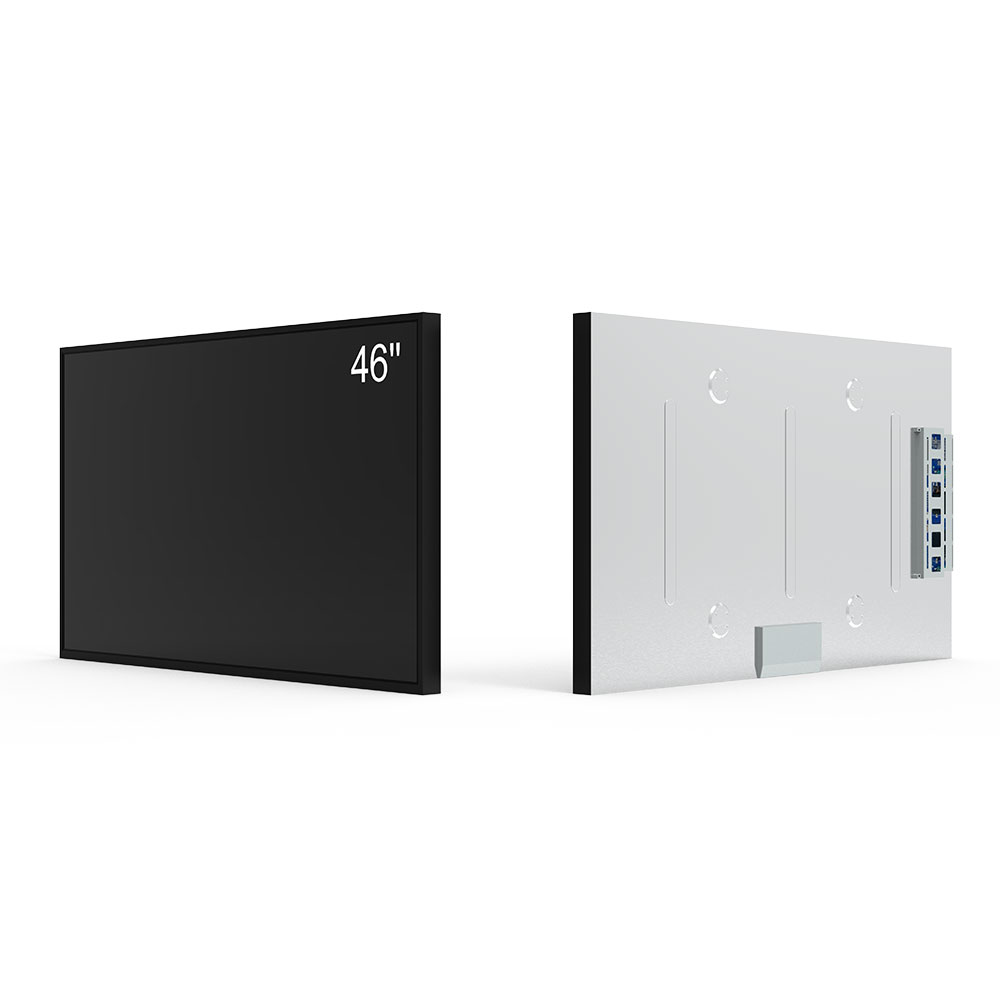Outdoor high-brightness LCD displays are engineered to deliver exceptional visibility in direct sunlight, making them ideal for environments where ambient light levels exceed 5,000 nits. These displays typically feature brightness levels of 5,000 to 10,000 nits—far beyond standard indoor screens—and incorporate anti-glare coatings, wide viewing angles (up to 178°), and robust IP65 or higher ingress protection ratings to withstand dust, rain, and temperature extremes (-30°C to +70°C).
In public transportation systems such as railways, buses, trains, subways, and intercity rail networks, these displays serve as critical passenger information systems (PIS). They provide real-time updates on schedules, delays, platform changes, and safety alerts—ensuring clear communication even under harsh weather conditions. For example, Tokyo Metro and London Underground have adopted high-brightness outdoor LCDs with automatic brightness adjustment based on ambient light sensors to improve rider experience while reducing power consumption by up to 25%.
Beyond transit, the same technology powers EV charging kiosks, gas pumps, and digital signage in retail and real estate. At Tesla Supercharger stations, 7,000-nit displays ensure drivers can read charging status clearly—even at midday sun—while gas stations use similar screens for dynamic pricing and promotional content. In commercial real estate, outdoor digital signage with built-in weatherproof enclosures enables property managers to showcase leasing opportunities, event calendars, and emergency notifications without degradation from UV exposure or moisture.
These displays often integrate with cloud-based content management systems (CMS), allowing remote updates across thousands of units. Industry standards like EN 60068-2-1 (cold shock), IEC 60529 (IP rating), and MIL-STD-810G (vibration resistance) ensure reliability in extreme conditions. Leading manufacturers such as LG Display, Sharp, and Samsung offer certified modules that meet both environmental durability and energy efficiency requirements (e.g., Energy Star compliance).

For businesses seeking long-term ROI, investing in outdoor-grade LCDs reduces maintenance costs and downtime compared to legacy LED or OLED alternatives. With increasing demand for smart infrastructure and connected urban solutions, high-brightness outdoor LCDs remain a foundational technology for modern public-facing digital experiences.







